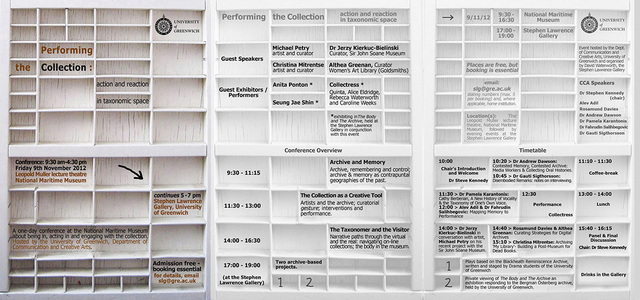Twelve Simple Dances (in 4 parts)
Waterworth, Rebecca (2012) Twelve Simple Dances (in 4 parts). [Exhibition/show, Film, Performance, Sound art]
- Online Video
- Images
- Audio/Video
- Details
Twelve Simple Dances (in 4 parts) uses the physical language of Martina Bergman Österberg's rational gymnastics as a vehicle to revisit our own archive.
Part I (video) presents an intuitive interpretation of the written instructions of Österberg's movement regime set to Collectress compositions from the last 10 years, reworked into simple piano etudes. The film adopts the simplicity of the visual aesthetics from the turn of the century, drawing a link between movement, music and nature.
Parts II and III. (Illustration) Through reviewing their photographic and film archive Collectress identified typical physical movements within their own practice, which they have sought to extend into suggested dances through illustrative drawing and pattern making.
Part IV (video) responds to Bergman's holistic approach to health and well being, focusing on the details of each movement through breath. The temporal extension and duplication of Part I acknowledges Bergman's legacy and the impact it has had on our lives, and will have on future generations, through both physical education and women's emancipation.
Each component of Twelve Simple Dances was made by members of Collectress individually, the collaboration coming through dialogue and discourse around the works. This collaborative, responsive practice is what maintains Collectress as a workable collective of composers, musicians, artists and performers who come together to share practice as simply and intuitively as they can.
Martina Bergman Österberg (1849-1914) a pioneer educationalist working in the area of women's physical training and an early supporter of women's suffrage, taught at one of the founding colleges of the University of Greenwich: Dartford College of Physical Education. The archive of material documenting her influential teaching methods and the achievements of the women who followed them remains with the University. In addition to many photographs, its contents include books, manuscripts, registers, trophies, certificates and badges; alongside uniforms, clothing-lists and cuttings. Altogether the archive records one hundred years of radical change for women both within and beyond the field of "PT".
In this exhibition, selected artists take a range of responses to the archive in a variety of media, including performance, painting and sound. They seek to explore not only the subject of the body as it is presented within the archive, but also the body of the researcher as it engages with it.
Actions (login required)
 |
Edit View |
